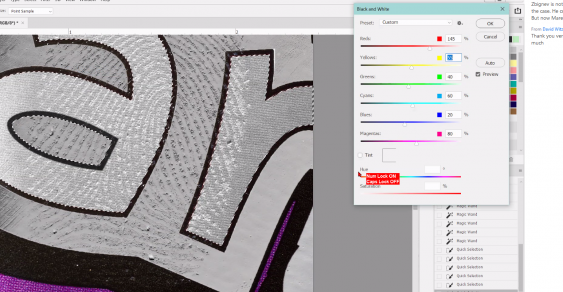Ongoing procedures in relation to contract conclusion with suppliers are currently being implemented in the framework of project no. LT06-4-VRM-TF-001 on software for fingerprint image enhancement and monitors of high-resolution capable of reproducing highly precise range of colours.
Scanners of high sensitivity to detect a range of minor light/shade discrepancies are planned to be purchased for the Lithuanian Police Forensic Science Centre and ninhydrin/DFO chambers for fingerprint chemical development will be supplied to two regional forensic laboratories.
Fingerprint identification highly depends on the quality of fingerprints detected at the crime scene or the quality of fingerprints developed and captured at the laboratory. Fingerprint image quality is usually low due to the background noise related to fingerprint development or object surface peculiarities. Due to that, perception of the structure of fingerprint patterns, for instance, its individual characteristics, may be unclear to a human eye or hardly detected on the basis of automated matching making system algorithms.
As the quality of fingerprints occurs to be poor, efficient development of prints, capture of print details, proper reconstruction and improvement of the digital image are essential stages of forensic analysis.
Since material evidence is becoming more and more important in criminal cases, law enforcement agencies and judicial authorities are to be sure of the high quality of the forensic data they rely on. Thus, the kind of technologies should be chosen which could enable audit trail of digital procedures. The audit trail is essential to meet the requirement of the standard EN ISO / IEC 17025 to retain technical entries. In addition to that, Article 12 of Decision 2008/616/JHA of the Council of the European Union on the stepping up of cross-border cooperation, particularly in combating terrorism and cross-border crime requires each member state to ensure that the dactyloscopic data it transmits be of sufficient quality for a comparison by the automated fingerprint identification systems.
The purchase of the equipment using the project funds will improve efficiency of fingerprint detection and expand possibilities of fingerprint identification. More detailed capture of digital images and processing (e.g. background noise suppression) of higher quality, audit trail and more precise reconstruction will not only result in the number of fingerprint analyses performed but will also implement the conditions of EN ISO / IEC 17025:2017 standard and the requirements of the Treaty of Prüm on the basis of which the exchange of dactyloscopic data (fingerprints) is carried out.
